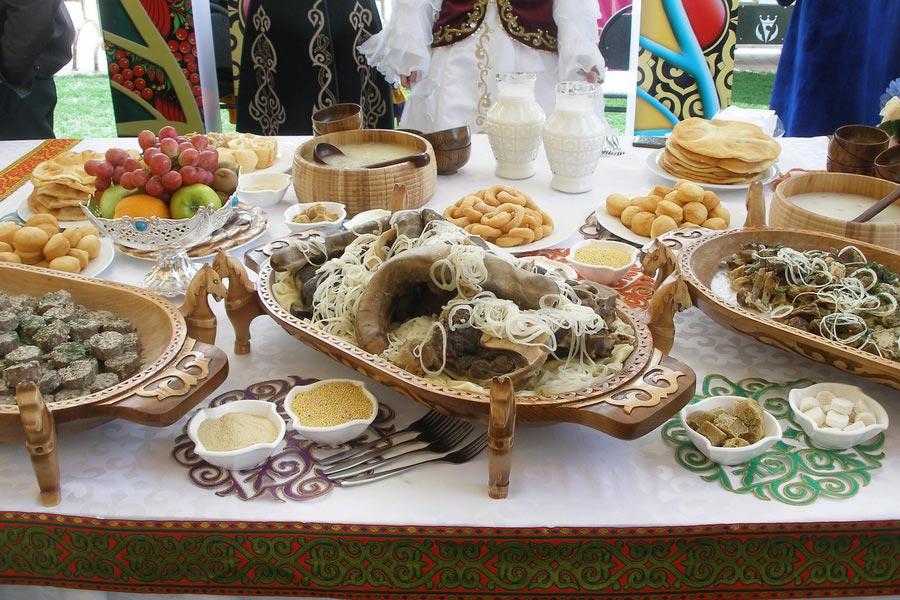From Field to Feast: The Journey of Cassasse in Traditional Cuisine

In the rich tapestry of traditional cuisines worldwide, few ingredients embody the essence of culture and heritage as profoundly as cassasse. This unassuming yet versatile crop has been a staple in many societies, connecting communities through the ages in a journey that spans from the fields where it’s cultivated to the elaborate feasts where it takes center stage. In this exploration, we delve into the fascinating journey of cassasse in traditional cuisine, tracing its roots and celebrating its role in culinary traditions.
The Roots of Cassasse:
Cassasse, a term that resonates with rustic charm, primarily refers to a unique variety of cassava, a starchy tuberous root cultivated in tropical regions. Originating in South America, cassava made its way across continents during the era of exploration, becoming a key element in Africa, Asia, and beyond culinary landscapes. Known for its adaptability to diverse climates and soil conditions, cassava quickly became a staple crop for many communities, providing sustenance in regions where other crops struggled to thrive.
Cultivation and Harvest:
The journey of cassasse begins in the fields where diligent farmers cultivate this hardy crop. Cassava is a low-maintenance plant known for its resilience in adverse conditions. From sandy soils to loamy terrain, cassava plants flourish, sturdy stems reaching the sun. The cultivation process involves careful tending to ensure a bountiful harvest of cassasse.
Harvesting cassava is labor-intensive, requiring skilled hands to extract the tuberous roots from the soil. Once harvested, the cassava roots are prepared for the next phase of their journey – transformation into the culinary delight that is cassasse.
Processing and Culinary Alchemy:
The transformation of cassava into cassasse is a fascinating culinary alchemy that varies from one community to another. In many traditional kitchens, the first step involves peeling the cassava roots and meticulously removing traces of the toxic cyanogenic glycoside in its raw state. This process is crucial as it ensures the safety and palatability of the final dish.
Once processed, cassava undergoes a series of culinary techniques, including grating, fermenting, and drying. These methods not only enhance the flavor and texture of cassasse but also contribute to its storability, making it a reliable source of sustenance throughout the year. The resulting product is a coarse flour or dough, ready to be shaped and crafted into an array of traditional dishes.
Cassasse in Culinary Traditions:
The versatility of cassasse is evident in the myriad ways it finds its way to the table in traditional cuisines. From hearty stews and soups to crispy snacks and flatbreads, cassasse is a culinary chameleon that adapts to the flavors and preferences of diverse communities. Its neutral taste provides a perfect canvas for the bold spices and aromatics that characterize many traditional dishes.
In some cultures, cassasse is the star ingredient in celebratory feasts, symbolizing abundance and prosperity. Whether enjoyed as a steamed dumpling, a fried delicacy, or a comforting porridge, cassasse takes on different forms across the globe, adding its unique touch to regional gastronomies.
Preserving Culinary Heritage:
The journey of cascade is not just a culinary one but a journey through time and culture. In an era dominated by modern food trends and global cuisines, preserving traditional dishes like cassasse becomes crucial in safeguarding cultural heritage. Through the continuation of time-honored recipes and culinary practices, communities pass down not just a meal but a piece of their identity to future generations.
Conclusion:
From the fields where it’s cultivated to the feasts where it graces the table, the journey of cassasse in traditional cuisine is a testament to the resilience of a crop that has traversed continents and cultures. Its story is one of adaptation, transformation, and celebration. As we savor the flavors of cascade in our modern kitchens, let us remember the rich tapestry of history and tradition woven into each bite, connecting us to the roots of our culinary heritage.




